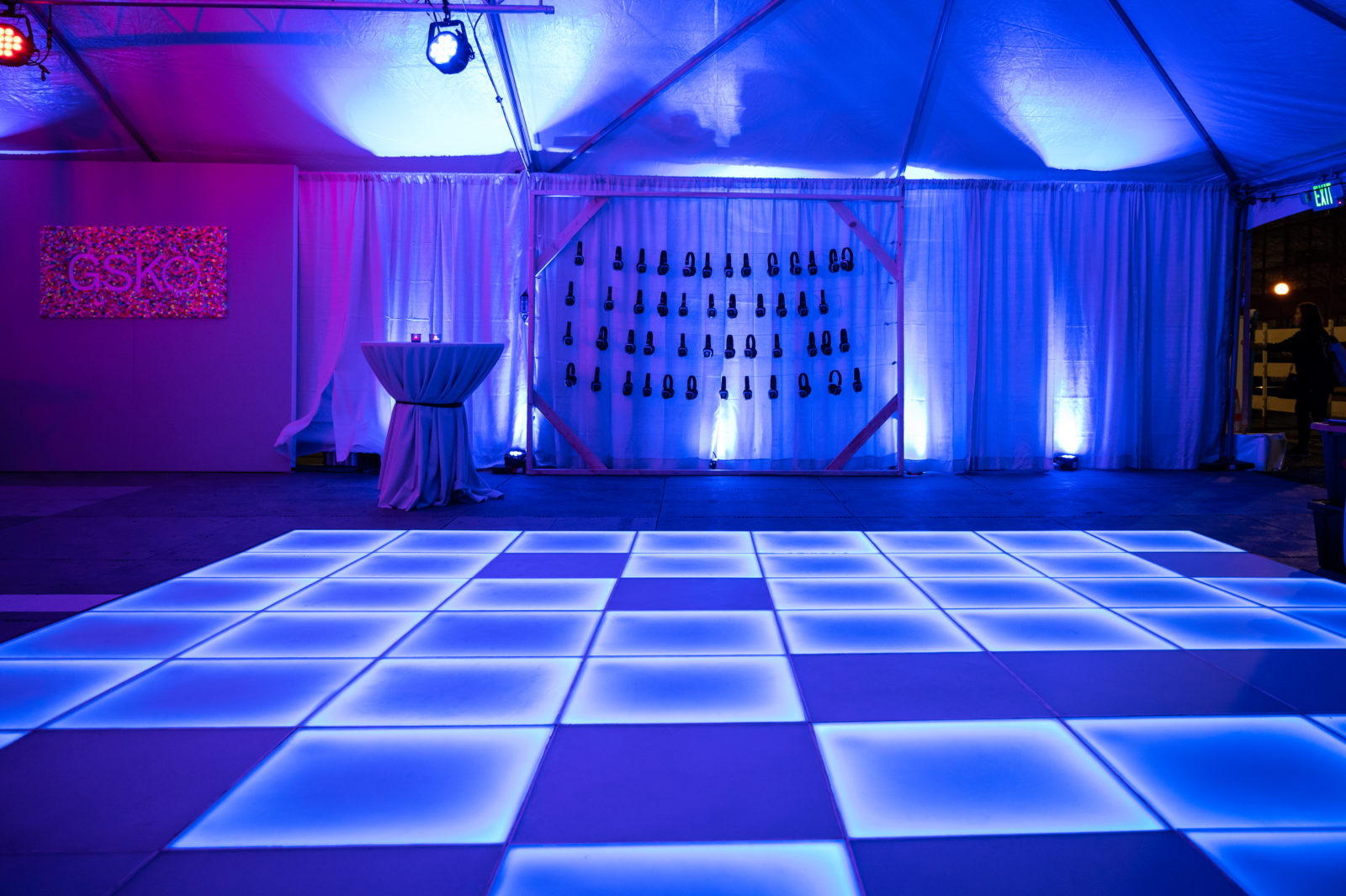Guaranteeing Security and Pleasure on the Dancing Space: Identifying and Mitigating Common Risks
Guaranteeing Security and Pleasure on the Dancing Space: Identifying and Mitigating Common Risks
Blog Article
Dancing is a well-liked pastime that brings people collectively, regardless of at a party, a club, or a unique occasion. However, although dancing can be a lot of fun, it is essential to keep security in mind. The dance floor can present various risks that may lead to injuries or incidents if not addressed appropriately. By recognizing and mitigating these common hazards, function organizers and dancers can guarantee a safe and pleasant experience for all.
One of the major notable hazards on the dance area is the threat of slipping or falling. This can occur due to spills, uneven surfaces, or overcrowded spaces. To avoid these incidents, it is important to keep up a clean and clear dance area. Event organizers should frequently check the area for any spills or debris and clean them up immediately. Furthermore, ensuring that the dance floor is adequately lit can help dancers identify potential hazards, lessening the chances of slipping. Dancers should also be cognizant of their environment, avoiding crowded areas where they may be shoved or stumbled.
Another common problem on the dance floor is the possibility for injuries caused by overcrowding. When too many people congregate in one area, it can lead to bumps, bruises, and even more grave injuries. To avoid overcrowding, venues should establish a limit capacity for the dance floor and monitor it closely. Event coordinators can use barriers or cords to create specific areas for dancing, which can help manage crowd movement. Additionally, motivating dancers to be conscious of their space and to respect others can create a safer environment for all.
Injuries can also occur from unsuitable footwear. Wearing shoes that are not suitable for dancing can lead to falls, accidents, or foot injuries. Dancers should select footwear that provides adequate support and traction. Event coordinators view publisher site can encourage guests to wear appropriate shoes by adding this information in invitations or messages. Providing a place for dancers to keep their shoes can also assist keep the dance area safe and clear from potential risks.
Lastly, it is essential to recognize the significance of health and fitness on the dance area. Staying hydrated is important, especially during long periods of dancing. Lack of hydration can lead to dizziness, fatigue, and other health concerns. Event coordinators should provide water stations or encourage guests to carry water bottles. Additionally, it is vital for dancers to pay attention to their bodies and take breaks as necessary. By encouraging a healthy atmosphere, everyone can savor dancing while minimizing the threat of health-related issues.
In conclusion, guaranteeing security and pleasure on the dance floor requires consciousness and proactive measures. By recognizing hazards such as falls, overcrowding, improper footwear, and health concerns, event coordinators and dancers can collaborate together to create a safe environment. Taking these actions not only avoids accidents but also improves the overall experience for all involved. With proper precautions, the dance area can important source remain a place of fun and community for everyone.